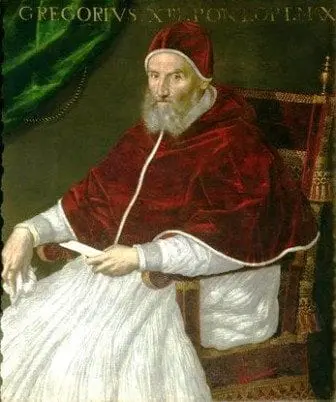“And God said, Let there be lights in the firmament of the heaven to divide the day from the night; and let them be for signs, and for seasons, and for days, and years…” Genesis 1:14
Did you know that there was no October 5, 1582? There wasn’t even an October 6 that year. Why? The story begins with the Earth’s orbit. A year is exactly 365 days, 5 hours 48 minutes and 46 seconds longer. This means that every year when the day of your birth arrives, the Earth is not exactly where it was in its orbit on the day you were born. Though the eleven-minute error is small, it does add up over hundreds of years.
 The Julian calendar, with its leap day every four years, helped correct this problem to some extent, but not completely. That’s because the year is not quite 365 and one-quarter days long. Over the 1,600 years of its existence, the minutes and seconds not reflected in the Julian calendar added up. So in 1582, Pope Gregory XIII announced refinements to the calendar by adding leap years. Moreover, every 400 years, a year ending in “00” received a leap day. This system keeps the calendar accurate to one day every 3,300 years. The old calendar had become inaccurate by ten days over its 1,600 years of use. To correct it, Pope Gregory declared that October 4, 1582, was to be followed by October 15!
The Julian calendar, with its leap day every four years, helped correct this problem to some extent, but not completely. That’s because the year is not quite 365 and one-quarter days long. Over the 1,600 years of its existence, the minutes and seconds not reflected in the Julian calendar added up. So in 1582, Pope Gregory XIII announced refinements to the calendar by adding leap years. Moreover, every 400 years, a year ending in “00” received a leap day. This system keeps the calendar accurate to one day every 3,300 years. The old calendar had become inaccurate by ten days over its 1,600 years of use. To correct it, Pope Gregory declared that October 4, 1582, was to be followed by October 15!
The fact that man has always been making fairly accurate calendars reflects his intelligence, given to him from the beginning by an intelligent Creator.





